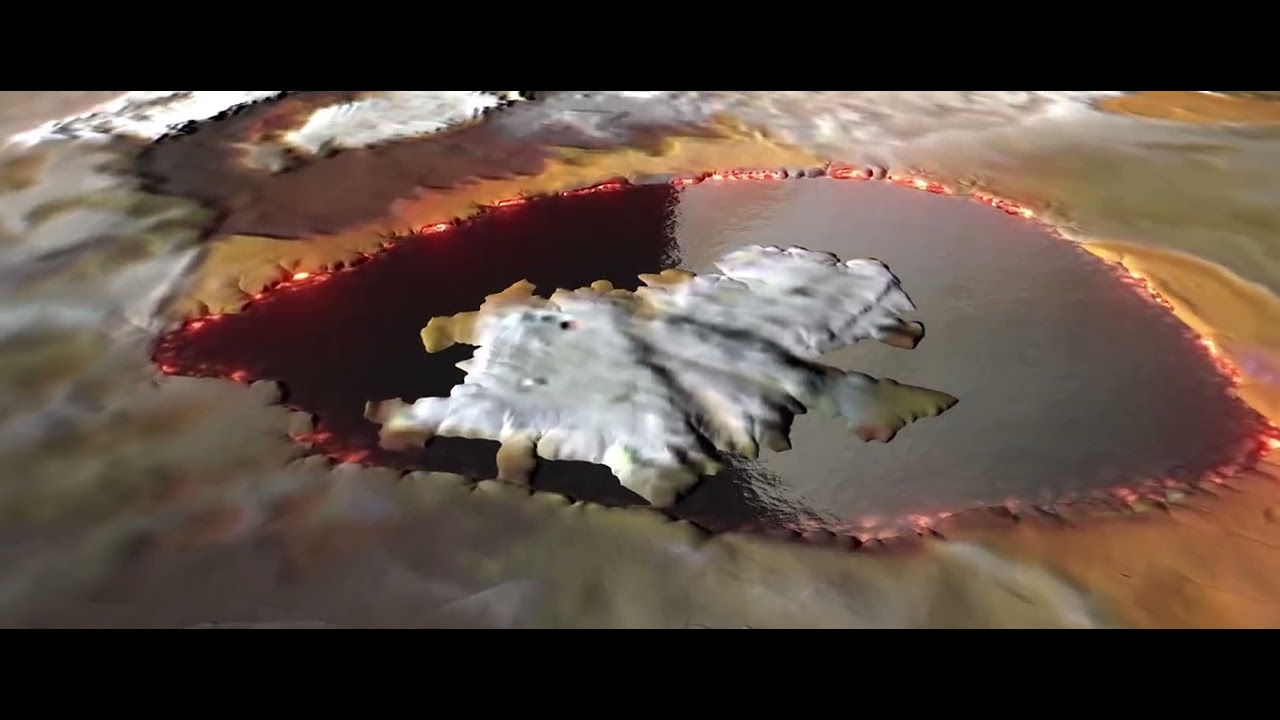3 min read
Cassini Significant Event Report
For Week Ending 11/10/00
The most recent spacecraft telemetry was
acquired from the Goldstone tracking station on Wednesday, November 8. The
Cassini spacecraft is in an excellent state of health and is operating normally. The speed of the spacecraft can be viewed on the "Where is Cassini Now?" web page.
Activities this week included the completion of the seventh, and start of
the eighth instance of the 5-Day Repeating Template for Jupiter observations,
Imaging Science Subsystem (ISS) power off/on and instrument expanded block
load, Composite Infrared Spectrometer (CIRS) power off and replacement heater
power on, activation of the Cruise 23 sequence, Reaction Wheel Assembly
momentum unload, and power on of the Magnetospheric Imaging Instrument (MIMI)
Low Energy Magnetospheric Measurement Subsystem replacement heater.
Over the next few months Cassini will be performing collaborative
observations of Jupiter with the Galileo spacecraft. Cassini's Radio and
Plasma Wave Science (RPWS) instrument will make observations of Jovian
radio emissions in a frequency range which overlaps that of its
counterpart instrument on Galileo. Together, the Cassini and Galileo
radio observations will enable "stereoscopic" observations. These will
allow researchers to differentiate temporal variations from geometric
variations.
RPWS and other Cassini magnetospheric and plasma science instruments will
also be monitoring the solar wind to increase understanding of how the
solar wind is influencing the Jovian magnetosphere when Galileo makes
measurements from within it. This is a fundamental missing piece to the
Galileo observations during its tour of the Jovian system.
All ISS data from the Cruise 22 sequence - 2,631 Narrow Angle Camera (NAC)
images and 742 Wide Angle Camera (WAC) images - were reprocessed and
redelivered to the University of Arizona to correct minor header
formatting problems. As a bonus, new processing software increased the
production rate by about a factor of two. Now each NAC frame is accessed,
processed and sent to the remote science site in an average of 7.5
seconds, and each WAC frame takes about 15 seconds.
Attitude control flight software version A8.1.1 was released for test. It
contains nine high-priority flight software changes in support of critical
sequence execution. Regression testing is now underway.
A Titan Orbiter Science Team (TOST) meeting was held this week at JPL.
The meeting centered on investigation of MAPS ridealong possibilities
based on the integrated C-kernels created for 11 Titan flybys.
All Cassini Teams participated in the November NASA Quarterly Review held
this week.
An update of the Cassini Consumables Document has been released by Mission
Planning and posted to the Cassini Electronic Library. The update
reflects the status of consumables as of completion of Instrument Checkout
2 mission planning and estimated consumables to be used through all of
ICO2 and Jupiter Flyby.
Mission Sequence Subsystem version D7.3 was delivered to operations this
week.
Additional information about Cassini-Huygens is online at http://saturn.jpl.nasa.gov.
Cassini will begin orbiting Saturn on July 1, 2004, and release its piggybacked Huygens probe about six months later for descent through the thick atmosphere of the moon Titan. Cassini is a cooperative project of NASA, the European Space Agency and the Italian Space Agency. The Jet Propulsion Laboratory, a division of the California Institute of Technology in Pasadena, Calif., manages the Cassini mission for NASA's Office of Space Science, Washington, D.C.
Media Relations Office
Jet Propulsion Laboratory
California Institute of
Technology
National Aeronautics and Space
Administration
Pasadena, Calif. 91109.
Telephone (818) 354-5011







